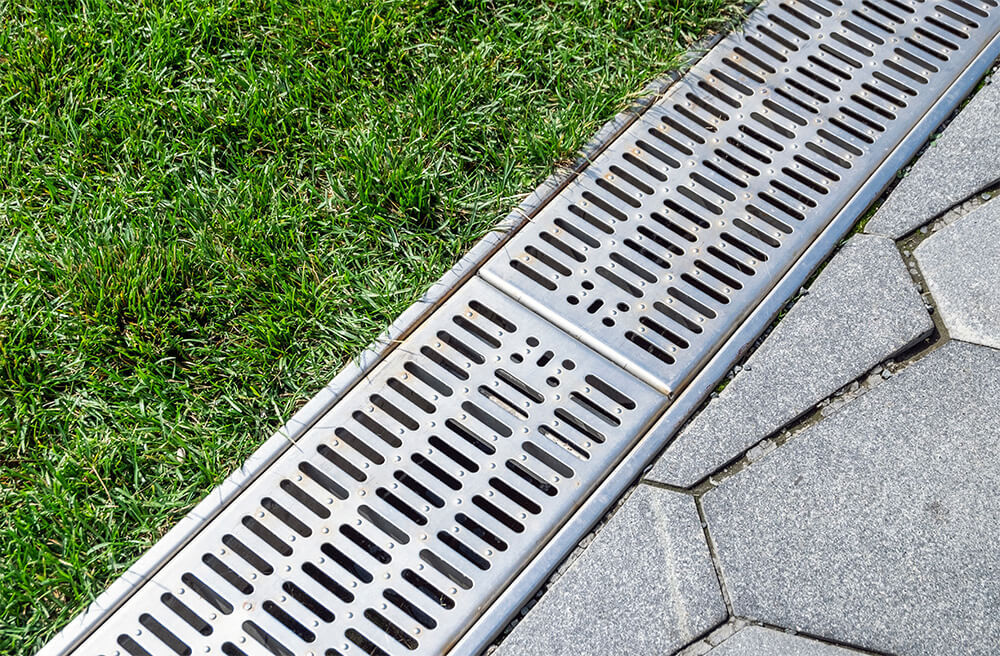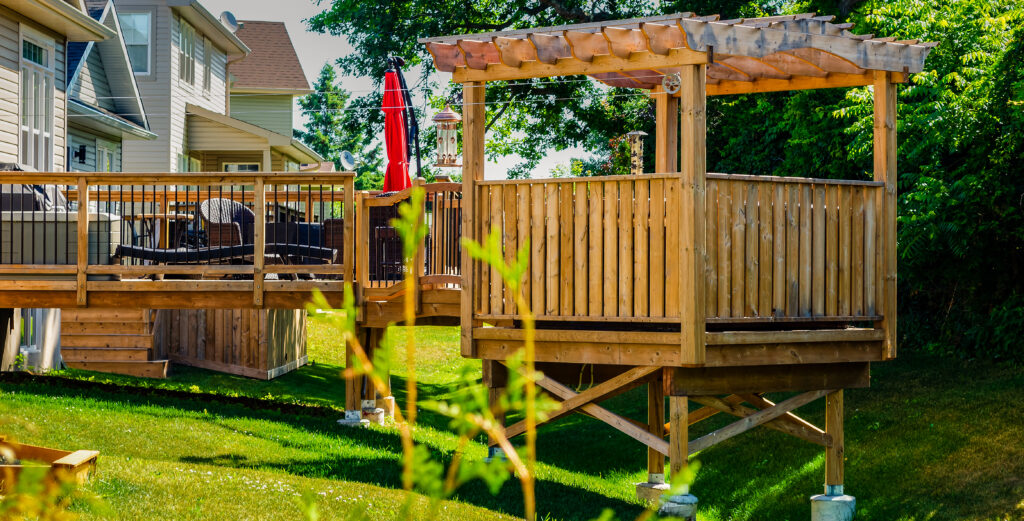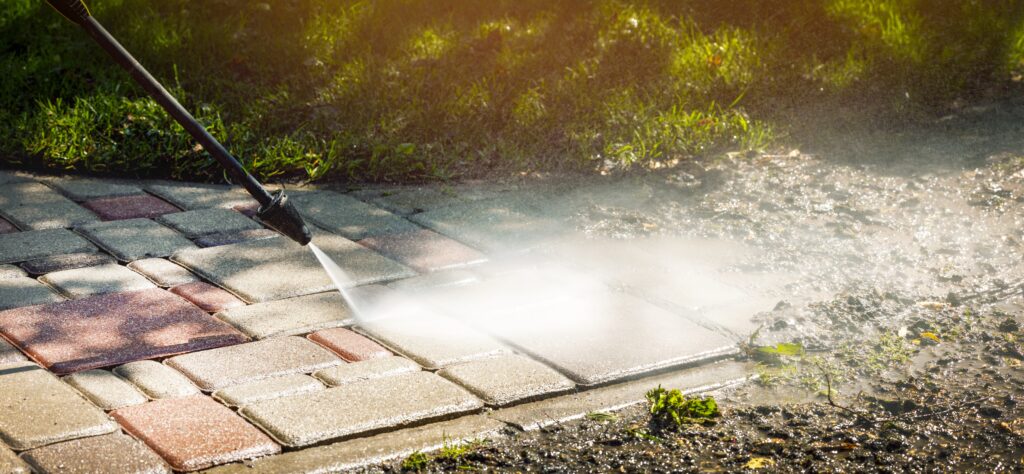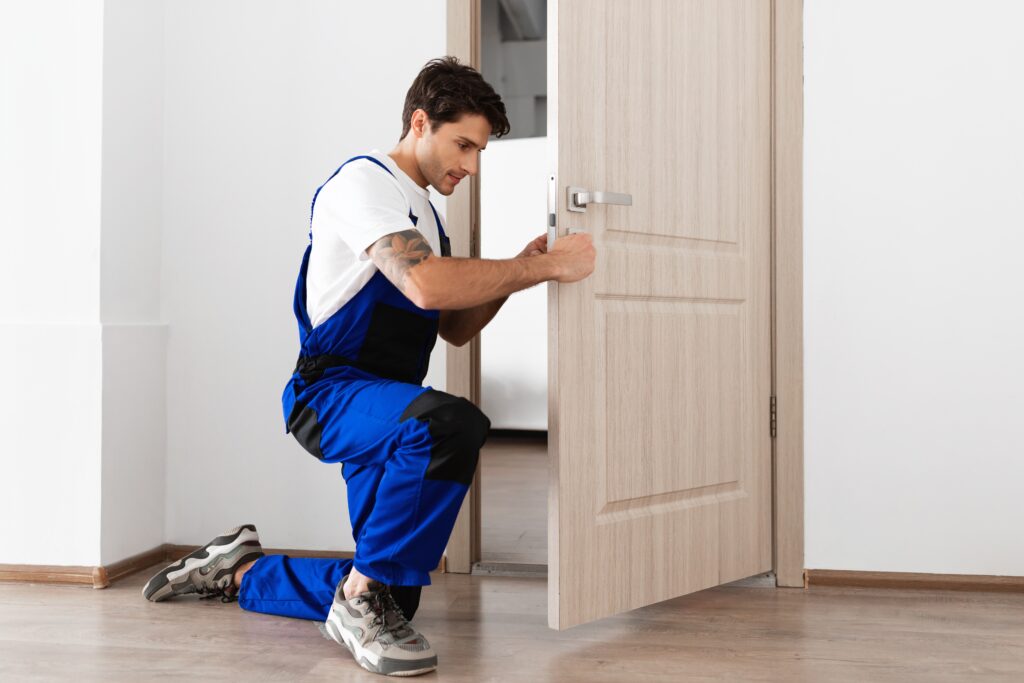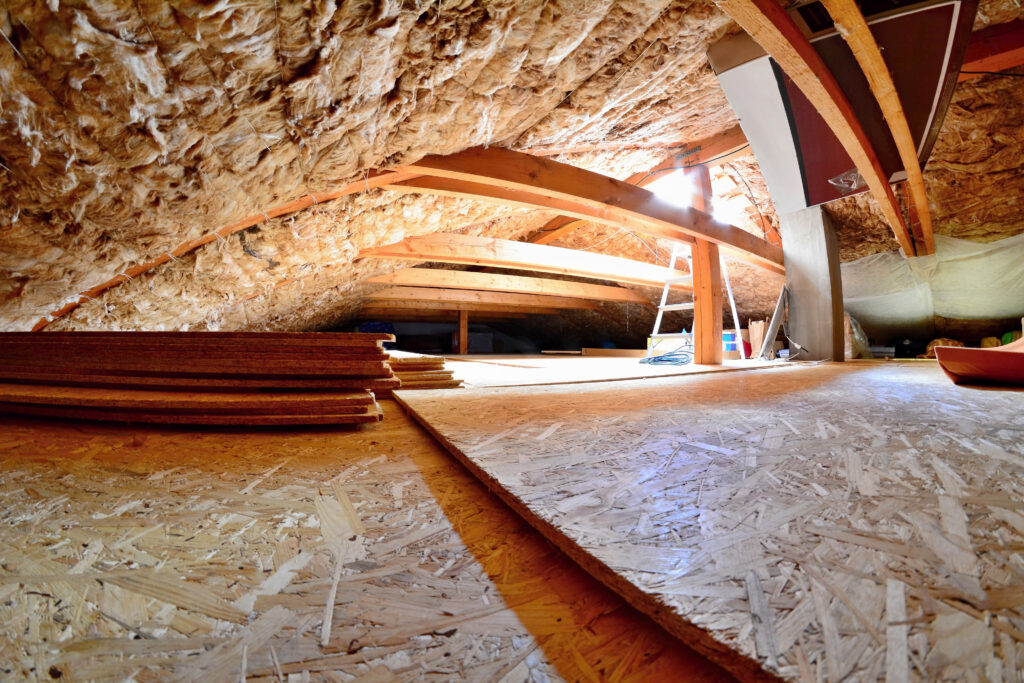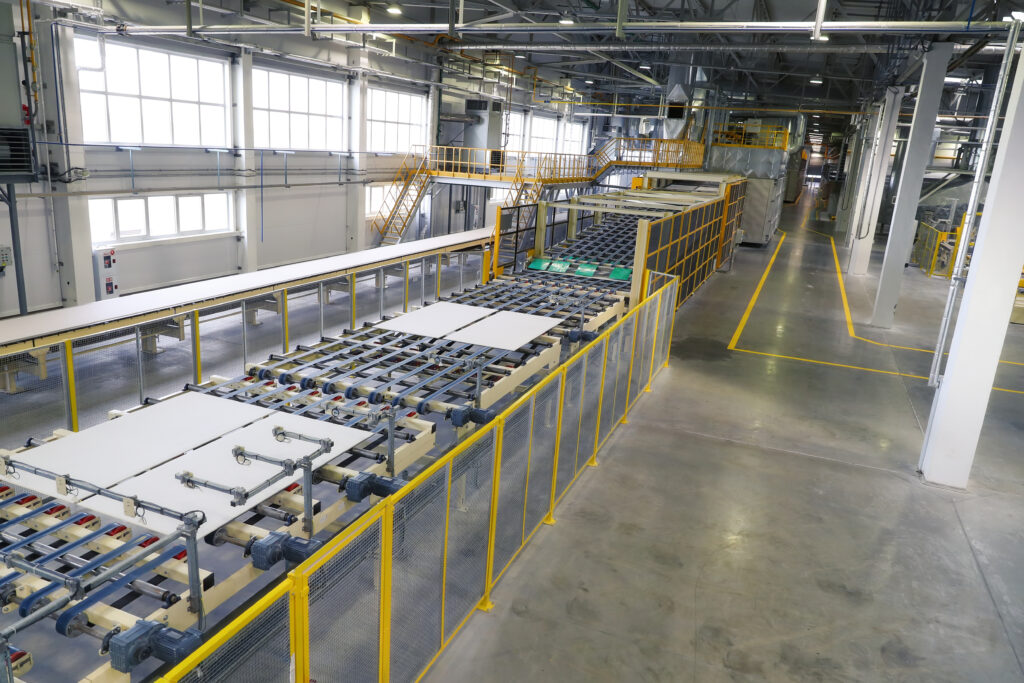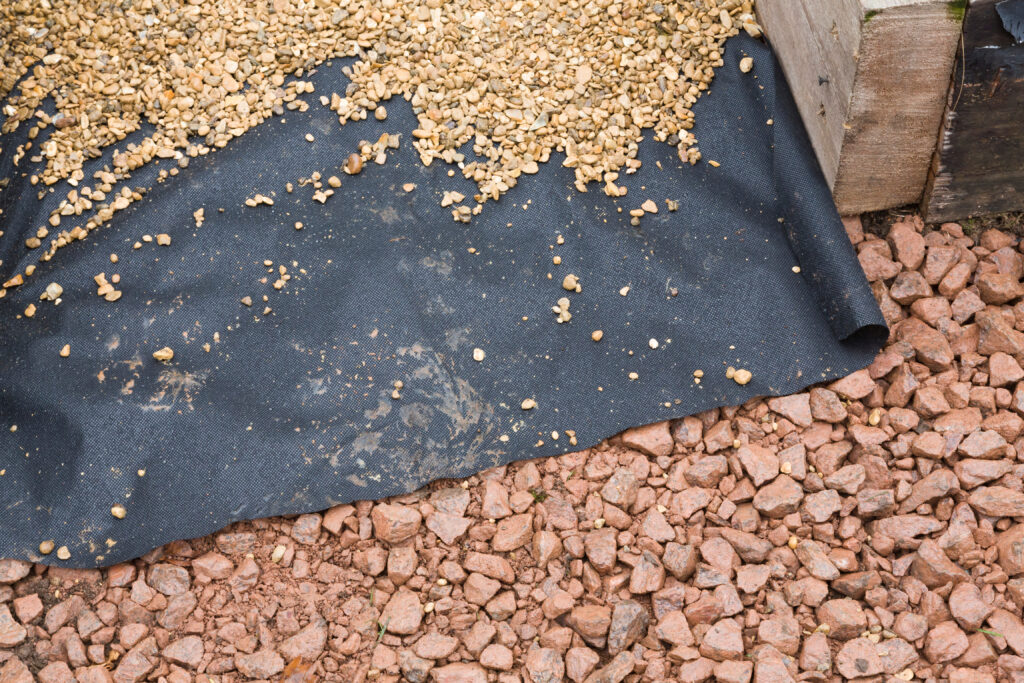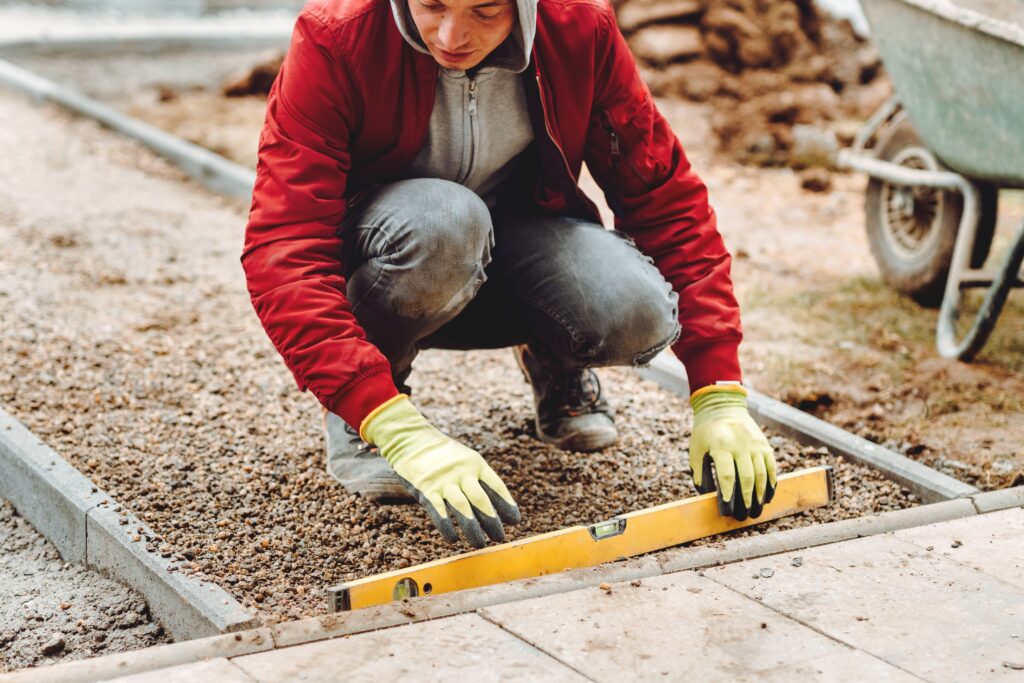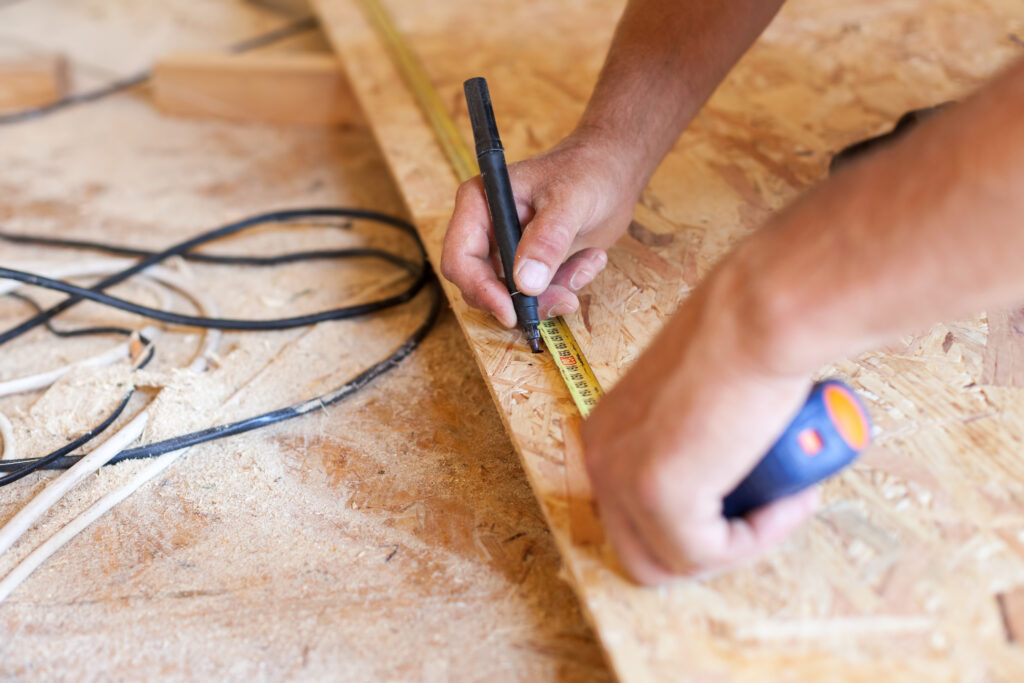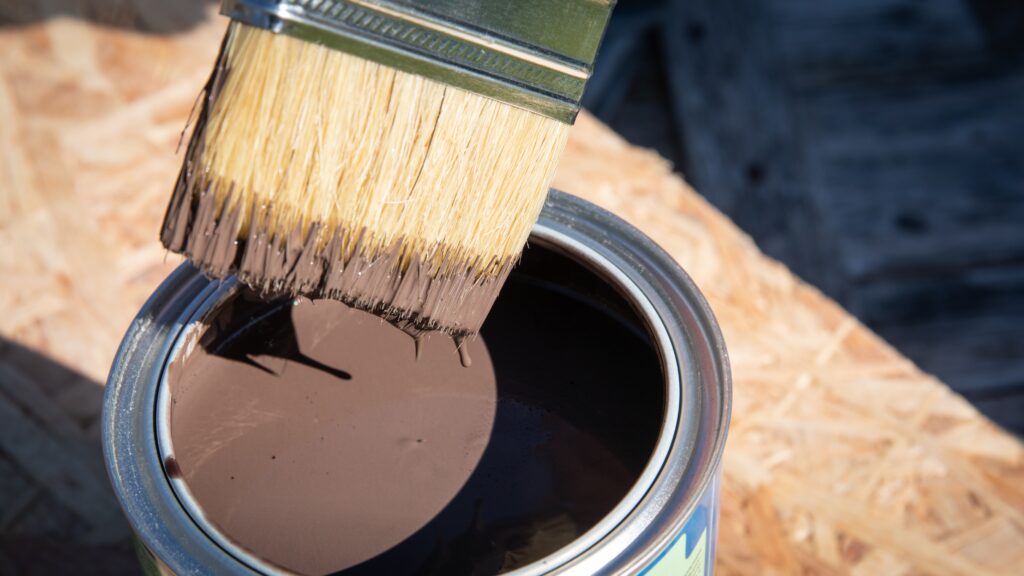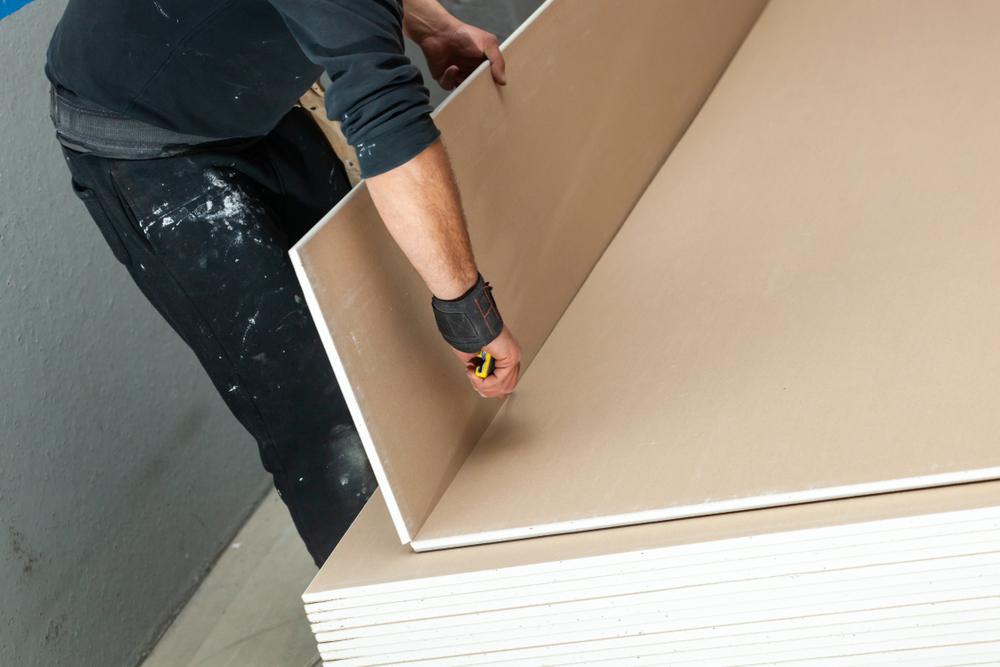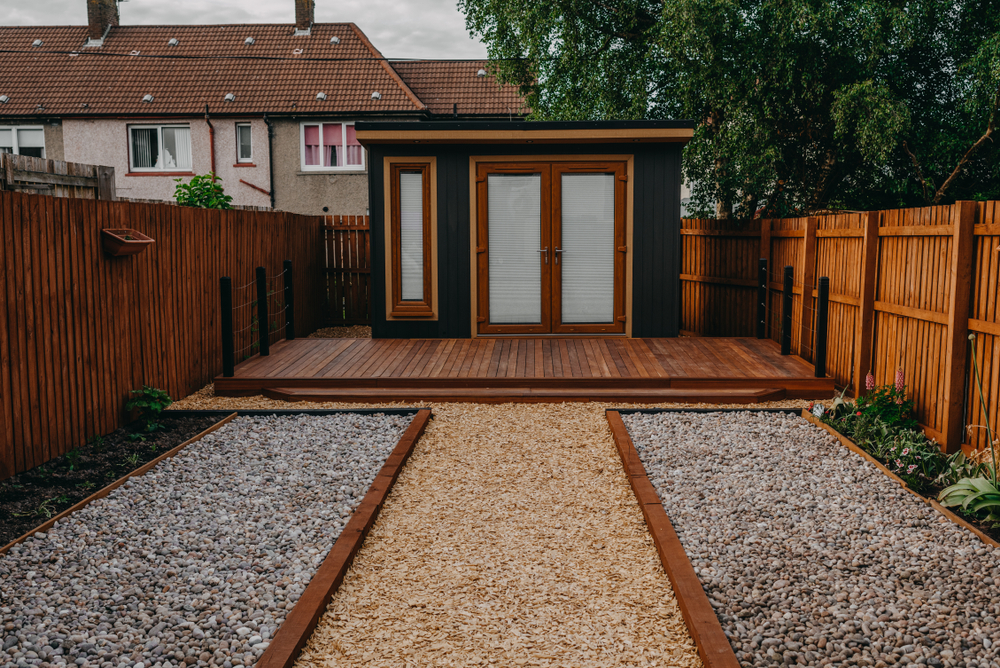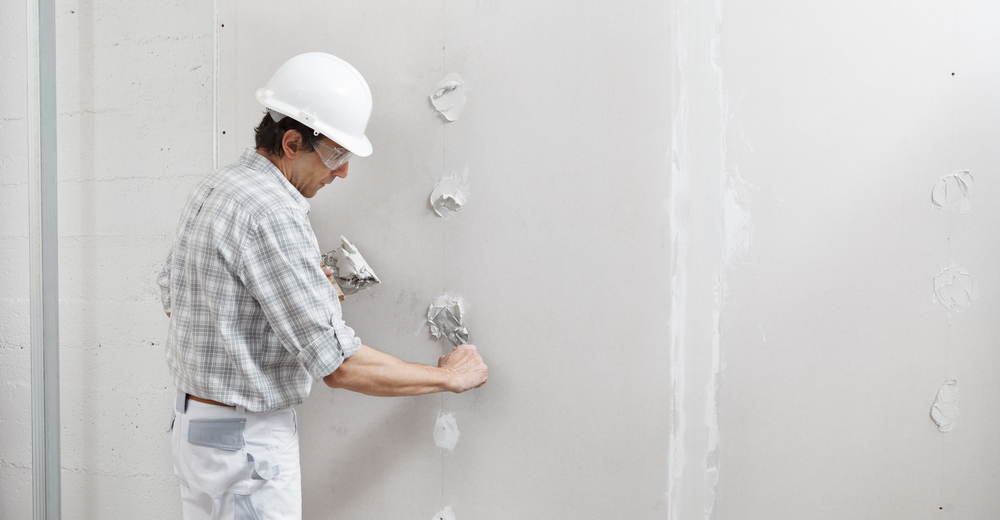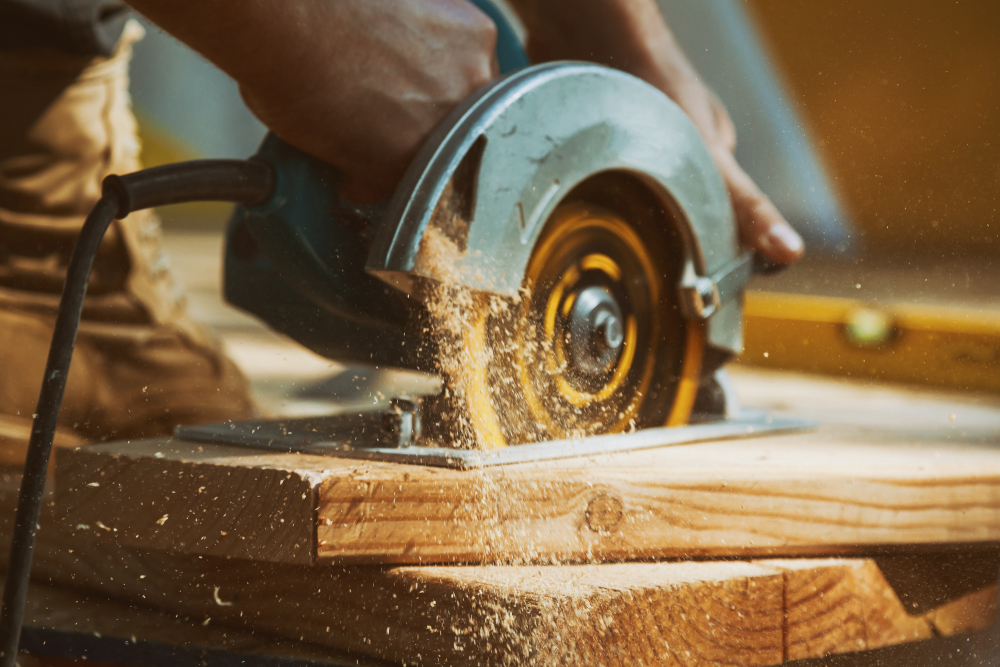Cleaning Patio Slabs: A How-To Guide

If you’re anything like us, you know that cleaning patio slabs takes a lot of hard work and elbow grease. It’s no picnic – dirt can quickly accumulate on them, leaving them grimy and unsightly. But don’t worry! In this article, we will arm you with the right tips and tricks to help make sure your patio slabs come up looking as good as new!
The Importance Of Cleaning Patio Slabs
What was once an area enjoyed and admired has now become an eyesore due to dirt, grime and mould. With summer on its way, it’s time to look after your outdoor space and make sure your patio is looking spic-and-span again!
However, having a clean patio surface isn’t just visually appealing –but also essential in optimising durability. Neglecting to clean your patio slabs can lead to a rapid deterioration of the surface over time. Not only does this damage the aesthetic appeal of your property, but it can also have significant safety implications. Dirty patio slabs can become slippery, leading to accidents and injuries.
Fortunately, cleaning paving slabs is a simple process that can be completed quite easily with the right tools and techniques.
Let’s explore the most commonly utilised cleaning techniques below.
Sweep The Patio Regularly
Regular maintenance is key to preventing dirt and grime buildup on paving, as the longer it is left, the more difficult it becomes to remove. This principle applies to most outdoor or gardening tasks.
Regular sweeping can help prevent debris, leaves, and other dirt from building up on your patio and outdoor space.
Use a stiff brush or broom to sweep away any loose debris, and dispose of it in a bin or compost pile.
Pressure Wash The Patio
Pressure washing is an effective way to remove dirt and stains from patio slabs. A pressure washer uses high-pressure water to blast away dirt and grime from surfaces.
You can rent or buy pressure washers, and use them to clean the entire surface of your patio. However, be careful not to use too much pressure, as this can damage the surface of the slabs.
Consider using a garden hose or watering can as a gentler alternative.
Use A Patio Cleaner
There are many patio cleaners available on the market that are specifically designed to clean patio slabs. These cleaners come in liquid or powder form and can be applied directly to the surface of the patio.
Follow the instructions on the label carefully, and use a stiff brush or broom to scrub the patio before rinsing it off with water.
Use A Bleach Solution
A bleach solution can be an effective way to remove tough stains and mildew from patio slabs.
Mix one part bleach with ten parts water, and apply the solution to the patio with a brush. Allow the solution to sit for 15-20 minutes before rinsing it off with water.
Be careful when using bleach, as it can be harmful to plants and animals.
Try Vinegar & Baking Soda
Vinegar and baking soda are natural cleaning agents that can be used to clean patio slabs. Mix one cup of white vinegar with one cup of warm water and apply it to the surface of the patio.
Sprinkle baking soda over the vinegar solution, and scrub the patio with a stiff brush. Allow the solution to sit for 15-20 minutes before rinsing it off with water.
Gardeners should move plant pots or other furniture away from the cleaning area due to the solution’s acidic nature.
Hire A Professional
If you don’t have the time or equipment to clean your patio slabs, consider hiring a professional cleaning company.
They will have the experience and equipment needed to clean your patio quickly and effectively.
Cleaning Patio Slabs – Important Considerations
Step 1: Clear the Area
Before you get started, it’s important to remove any patio furniture, plants, or objects from your patio area. This will give you enough room to work and prevent any accidents or damages.
Additionally, removing any debris, leaves or dirt that has accumulated over time can make the cleaning process more effective.
Step 2: Assess the Condition of Your Patio Slabs
Depending on how long it has been since your patio slabs were last cleaned, the level of dirt accumulation may be different.
It would be best to assess the condition of your patio slabs before choosing the cleaning method you will use to achieve the best result. I
f you notice mould, mildew, or stubborn stains, it may require more work than dirt and moss.
Step 3: Choose Your Cleaning Method with Care
Different types of patio slabs require different cleaning methods. Some cleaning products may work well on one type of patio slab but may cause harm to another. That is why it is crucial to choose the right cleaning method based on the type of patio slab you have.
For natural stone patio slabs, it is best to use a pH-neutral cleaning product that is not too abrasive. Acidic or alkaline cleaners can damage the surface of the stone, changing its color or even its texture.
On the other hand, if you have concrete patio slabs, you can use a stronger cleaning solution to remove any stubborn stains or dirt. However, avoid using high-pressure water to clean concrete patio slabs. This can cause significant damage, making them more vulnerable to cracks and chips.
Step 4: Use the Right Tools
Using the right tools is crucial when cleaning patio slabs. A stiff bristle brush or power washer works perfectly for cleaning tough dirt, grime, and moss, while a soft-bristled brush or a cloth is ideal for cleaning delicate surfaces.
You can also use a scraper to remove any accumulated dirt stuck between the cracks of your patio slabs.
Step 5: Take Safety Precautions
Cleaning your patio slabs may seem like a relatively safe task, but it still involves some risks that can cause injury.
Be sure to wear protective gear like gloves, eye goggles, and boots. Protective gear will keep you safe from any harmful cleaning chemicals, flying debris or slipping.
Step 6: Cleaning Process
Once you have gathered the right tools and cleaning products for your patio slabs, it’s time to put them to use. Begin by applying the cleaning solution to your patio slabs and let them sit for a few minutes to loosen any stubborn dirt or stains.
Use a stiff bristle brush or a pressure washer to scrub the surface of your patio slabs. Pay special attention to the corners and edges, where accumulated dirt is commonly found.
After scrubbing, rinse the surface using clean water. Be sure to remove any cleaning solution residues that can cause slipperiness. Repeat the process if necessary.
Step 7: Apply Sealant
Once your patio slabs are clean and dry, consider applying a sealant to protect them from future damage. A good quality sealant can help prevent stains, dirt, and bacteria from sticking to the surface of your patio slabs for long periods.
Sealing can also make it easier to clean patio slabs in the future, reducing the effort.
Cleaning Patio Slabs – Conclusion
And there you have it, lovely readers: with just some good old-fashioned elbow grease and a few tried and true tools, you’re well on your way to enjoying a neat and pride-inducing outdoor area.
The lengths you go to clean your patio will ultimately depend on the existing condition and cleanliness of your patio’s surface.
For example, if your patio is well-maintained and already in good condition, you can get away with using a bucket of warm soapy water or a patio cleaner that prevents and eliminates mould, along with a stiff broom to clean it.
For tough spots, you may need to use a scrubbing brush or sharp tool to get rid of weeds, moss, and debris.
So what are you waiting for? Get out there and give your patio slabs the royal treatment they deserve!









